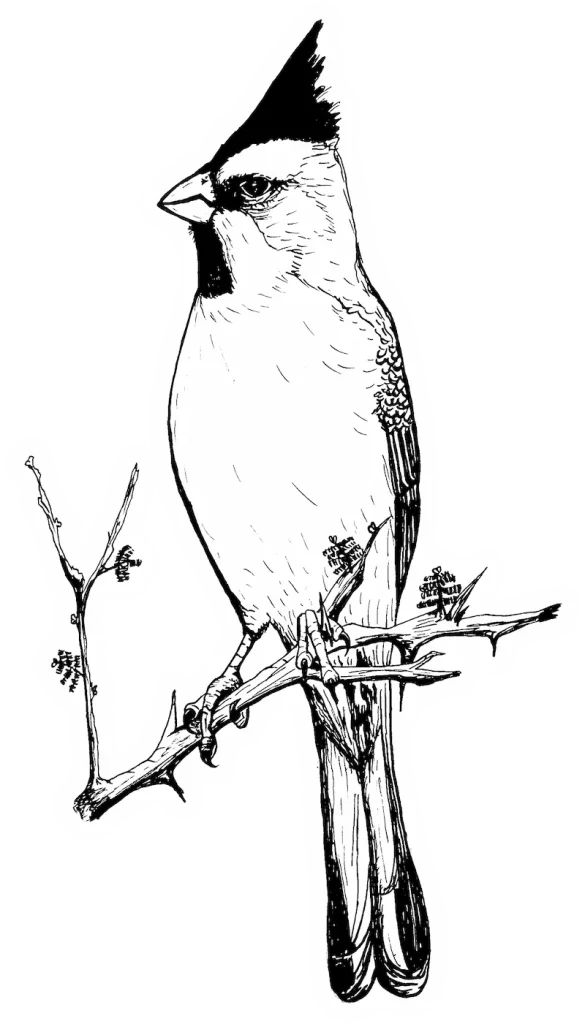Aspects of the annual migration of Swainson’s Hawks (Buteo swainsoni) between North and South America
- Simposio

- Simposio
Aspects of the annual migration of Swainson’s Hawks (Buteo swainsoni) between North and South America
BECHARD, M.J.; KOCHERT, M.N.; FULLER, M.R.; WOODBRIDGE, B.; SARASOLA, J.H.
Raptor Research Center, Department of Biology, Boise State University, Boise, Idaho -83725- USA | Centro para Estudio y Conservación de las Aves Rapaces en la Argentina, Universidad de La Pampa, Santa Rosa, La Pampa | USGS-Forest and Rangeland Science Center, Snake River Field Station, 970 Lusk Street, Boise, ID -83706- USA | U.S. Fish and Wildlife Service, P.O. Box 1006, Yreka -96097- CA, USA
mbechard@boisestate.edu
We instrumented adult Swainson’s Hawks with satellite radios (PTTs) from 1995 – 1998 to study their migration between breeding grounds in western North America and austral summer grounds in southern South America. Migrating south at 188 km/day, it took Swainson’s Hawks 57 days to complete the 13504 km migration to the austral summer grounds. Averaging only 150 km/day on the return migration, it took them 60 days to complete the shorter 11952 km back to North America. Adult male and female Swainson’s Hawks had average body masses of 872 ± 60.6 g and 1130 ± 72.3 g, respectively, when they departed from North America in September and their body masses on arrival in Argentina averaged 747 ± 48 g for males and 881 ± 103 g for females, indicating that they lost an average of only 18% their body masses during migration and presumably must have eaten during the southward trip. Male and female hawks departing from Argentina in March had average body masses of 742 ± 63 g and 1002 ± 108 g, respectively, and returned to North America weighing 802.0 ± 53.7 g and 1087 ± 86.5 g. Swainson’s Hawks from all parts of western North America were found in the same agricultural areas of Argentina, indicating that populations did not segregate on the austral grounds. Swainson’s Hawks relied on plantations of Eucalyptus trees for roosting at night and the surrounding pasturelands and alfalfa fields as feeding areas during the day.
Cita sugerida:
- BECHARD, M.J.; KOCHERT, M.N.; FULLER, M.R.; WOODBRIDGE, B.; SARASOLA, J.H.
- (2005)
- Simposio.
- XI RAO
- (página 37 pdf)
Derechos de autor:
Esta obra está bajo una licencia Creative Commons Atribución-NoComercial (CC BY-NC).
